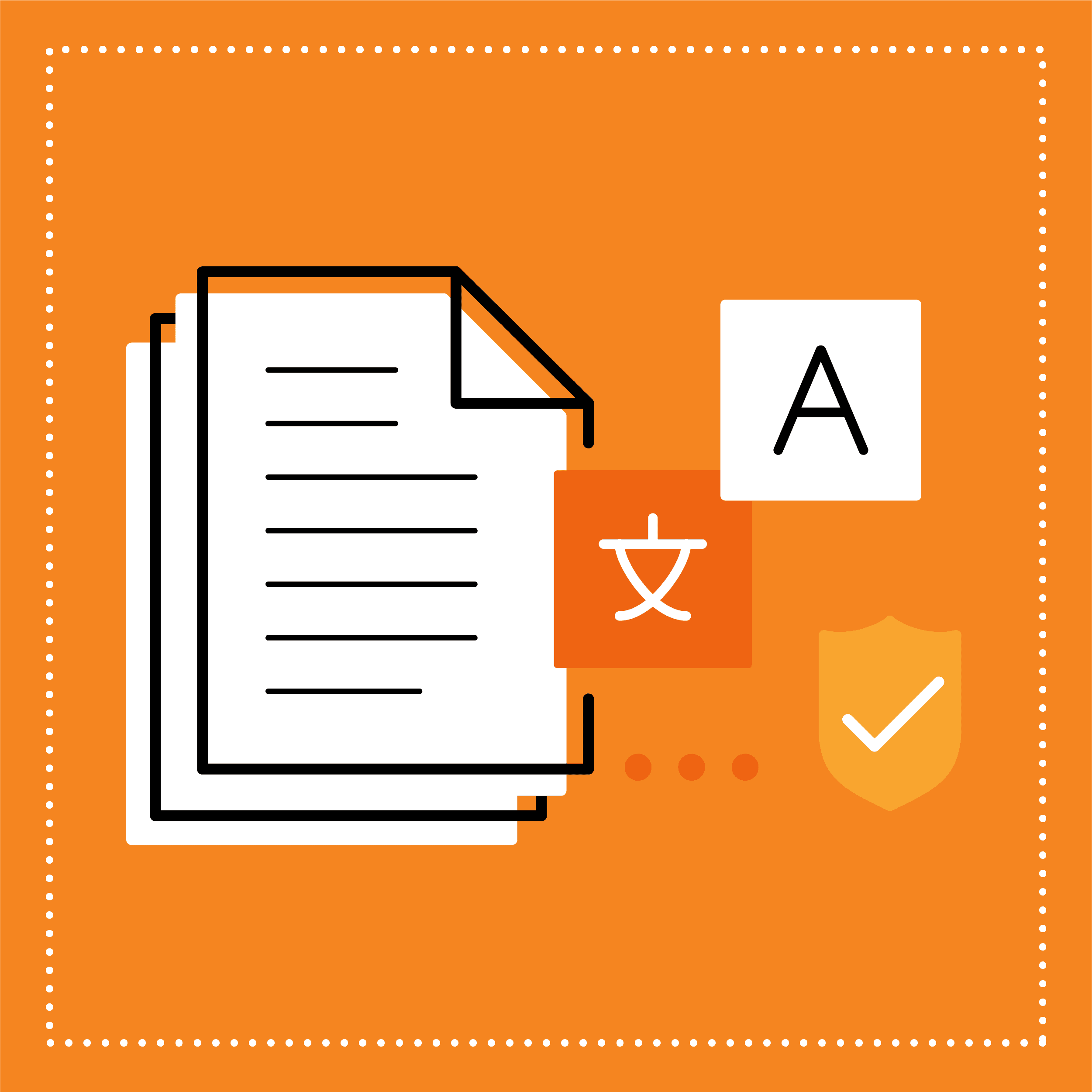In March of 2020, due to the COVID pandemic, the EU decided to postpone the start of the MDR (2017/745) by one year. The MDR is the new Medical Device Regulation that supersedes the MDD (Medical Device Directive) of 1993. The MDR is a far more comprehensive and stricter regulation that puts patient safety at the center of the regulation. As of May 26, 2021, the MDR came into effect. As part of the MDR, you must ensure that all product labeling (IFUs, patient manuals, etc.) is translated into the languages of the nations in which you want to market your product within the EU.
The MDR does not regulate the translation of product materials directly, but, given the focus on risk mitigation and patient safety, it is clear that accurate, high-quality translations are a strict requirement. To support your product across the whole EU would require translation of product documentation into as many as 24 languages. It is evident that besides the related cost, planning and efficient execution of such an undertaking is critical.
Begin With the Source
The most effective way to ensure accurate translations of IFUs and patient manuals is to start with high-quality source documents. Professionally written documentation utilizing a robust authoring tool such as MadCap Flare will safeguard quality from the beginning. By utilizing single-source authoring, content can be precisely managed and reused, which will improve consistency and accuracy. The reduction of inconsistencies in the source will make translation more efficient as well. Accuracy and clarity in the source are key, and translation is an excellent crucible for the quality of your company’s content. If the translators cannot understand and translate it effectively or if there are high numbers of translator queries about content for which you would expect few to no queries, then there could be an issue in the source.
Translations That Meet MDR Requirements
Unfortunately, assuring that translations of your documentation are not as simple as choosing an MDR-certified translation company. No such certification assists. However, translation professionals can attain ISO 13485 certification, which will assure you that overall quality in accordance with the medical device industry is within their capabilities. ISO 13485 is more stringent than the MDR, so seeking a translation/localization program with this certification will assure your documentation is MDR compliant.
What Other Factors Drive Translation Quality?
Specialized Translators
Your translation partner should be able to bring the right talent to the project. Excellent translators are generally made, not born. That means they must do lots of work in the medical device sector. Better yet, they should have working knowledge of your company’s products.
Modern Technology
Your translation company should also utilize the latest technology to ensure efficiency and consistency in their work process. At the core must be mastery of translation memory and terminology management software. These tools will ensure consistency and accuracy of your translation over time. They will also help improve turnaround and control translation costs. More robust translation management systems will improve workflow efficiency as well. All of this adds up to better performance on your company’s projects.
For more questions about MDR or translation, leave a comment below or send us an email directly at sales@madtranslations.com.










